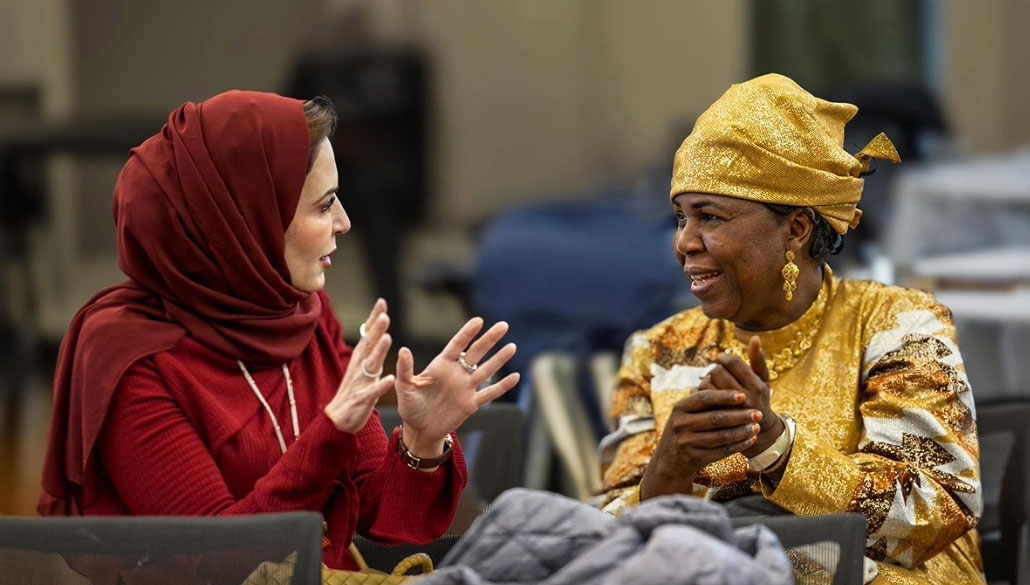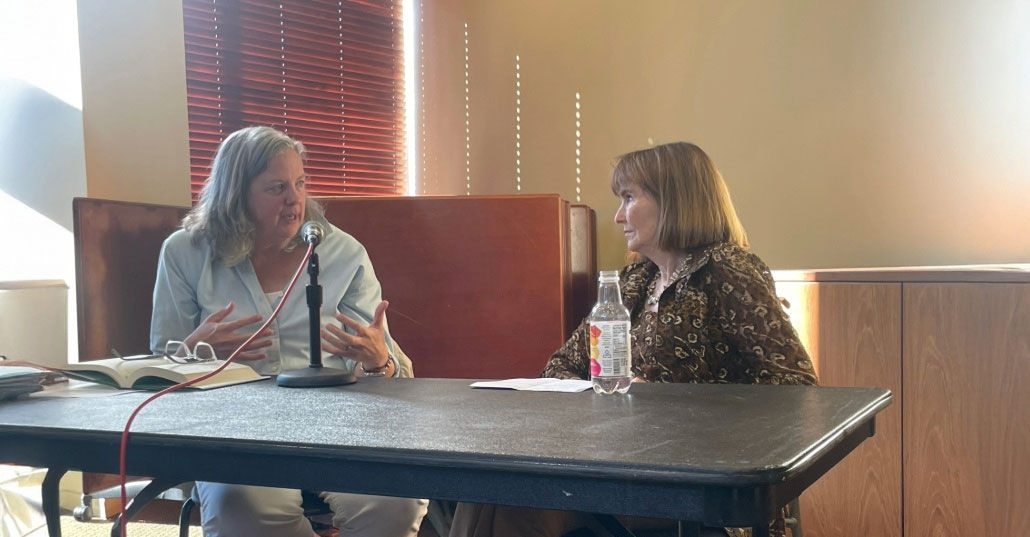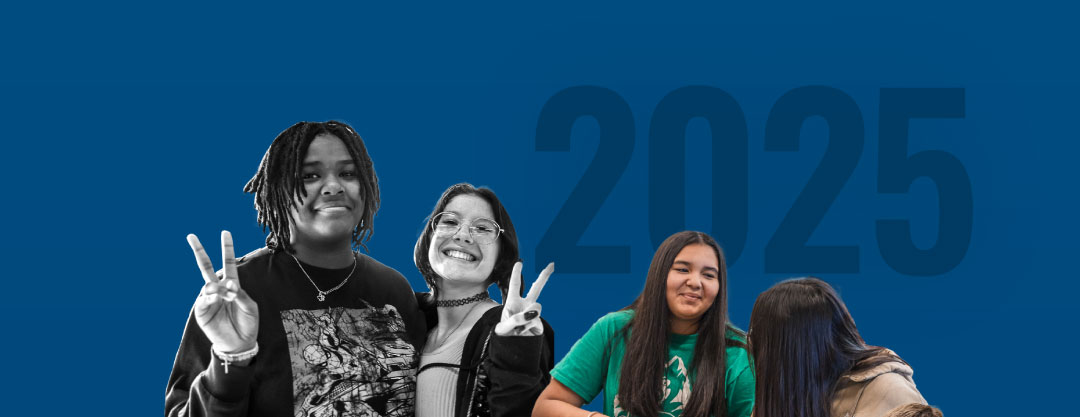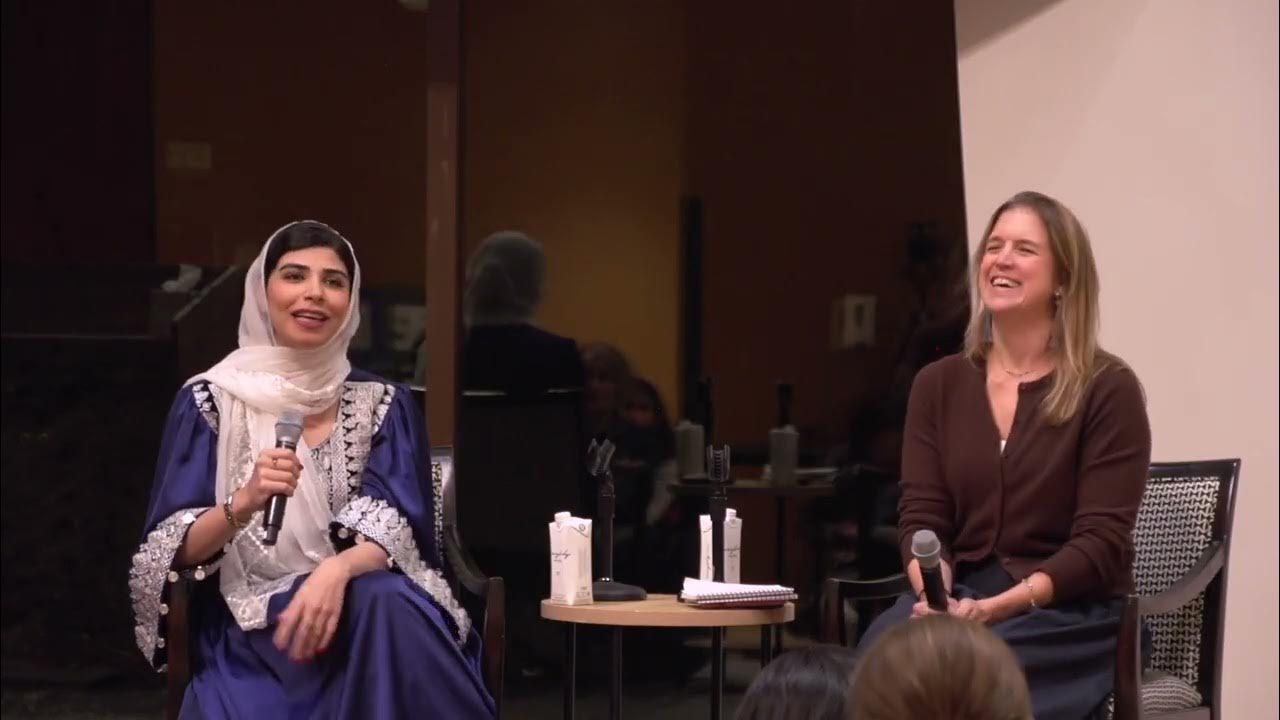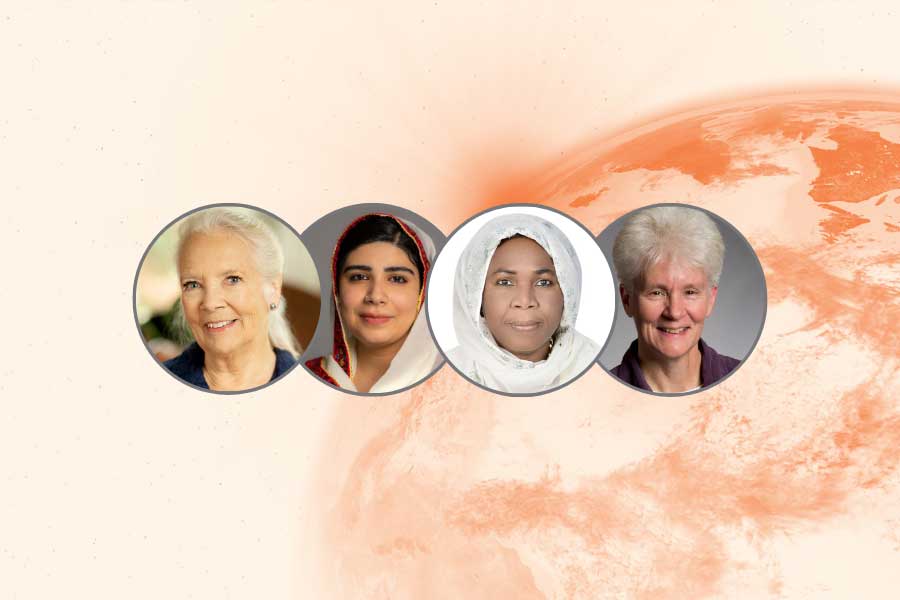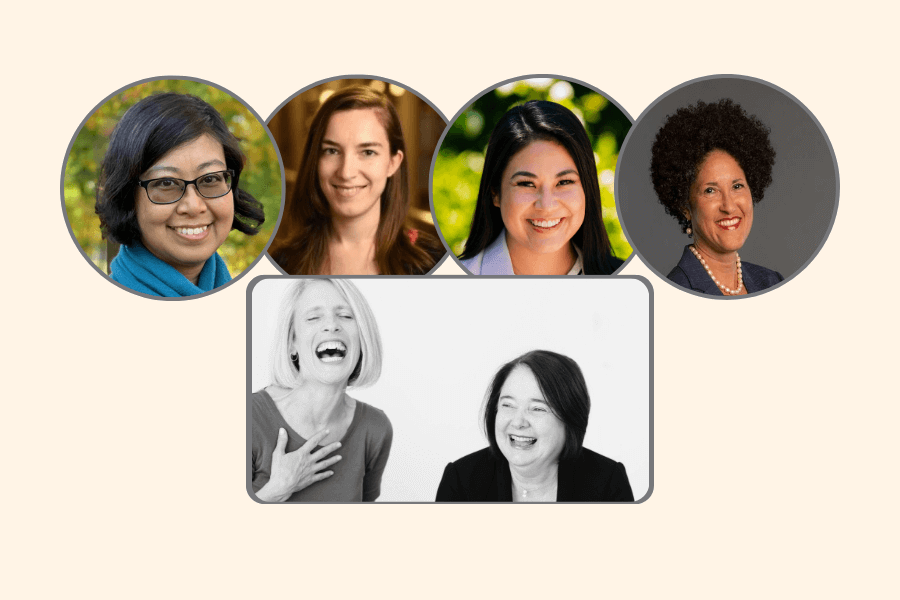by Ellen Gannett, M.Ed.
December 13, 2011
The current debate on the virtues, definition, and efficacy of expanded learning opportunities (ELO) is familiar and welcome. With over 30 years in the field, I have watched the landscape of the out-of-school-time field twist and turn by the decade and I am seeing earlier ideas presented in new terminology. Back in 1982, when the inaugural director of the National Institute on Out-of-School Time (NIOST), Michelle Seligson, and her co-author, James Levine, wrote the first School Age Child Care: An Action Manual, their guiding premise was that “solutions are really to be found at the community level, and that they can best be developed by mobilizing people with similar interests to help one another.” The book emphasized a model of service delivery called “the partnership” between schools and other community groups and agencies. While it has taken decades to get here, there is promise in ELO if we can overcome previous barriers.
December 13, 2011
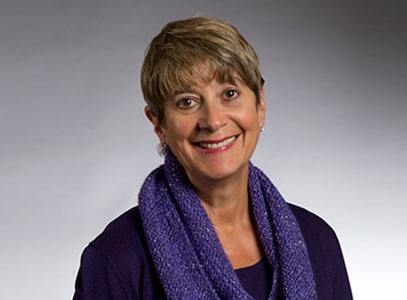 by Ellen Gannett, M.Ed.
by Ellen Gannett, M.Ed.
December 13, 2011
The current debate on the virtues, definition, and efficacy of expanded learning opportunities (ELO) is familiar and welcome. With over 30 years in the field, I have watched the landscape of the out-of-school-time field twist and turn by the decade and I am seeing earlier ideas presented in new terminology. Back in 1982, when the inaugural director of the National Institute on Out-of-School Time (NIOST), Michelle Seligson, and her co-author, James Levine, wrote the first School Age Child Care: An Action Manual, their guiding premise was that “solutions are really to be found at the community level, and that they can best be developed by mobilizing people with similar interests to help one another.” The book emphasized a model of service delivery called “the partnership” between schools and other community groups and agencies. While it has taken decades to get here, there is promise in ELO if we can overcome previous barriers.
The partnership model of the 70s and 80s was in many ways a necessity of survival for new non-profit community based organizations (CBOs) and a cornerstone of the way they did business. Yet, substantively, afterschool programs were rarely integrated into education policy and reform efforts. CBO providers fought hard to be considered part of the education system and had to become skilled in overcoming numerous challenges for navigating relationships and turf issues with school personnel and administrations. Those that were successful provide valuable lessons for today’s partnerships.
With the No Child Left Behind Act and the huge expansion of the 21st Century Community Learning Centers (CCLC) program, many of these barriers were removed. The adoption of school-community partnerships was built into the legislation, giving way to a climate where partnerships are not only valued but required to achieve high quality programming. I wish I could say that the turf issues are now behind us, but for many providers, they still exist. The good news is that we are on the threshold of a new landscape. Now school and afterschool leaders are embracing partnerships with a renewed enthusiasm (and a new name!) but with some innovative twists-expanded learning opportunities as a strategy to fully integrate schools and afterschool community based organizations into a seamless day and year.
We believe the afterschool community can help shape the vision and the reality for ELO. Rather than resist the changing landscape, afterschool providers ought to embrace the new ELO partnership movement bringing with them their rich history and expertise. For afterschool programs that have been accustomed to working independently, ELO presents opportunities for working together on planning, resource development, instruction, data sharing, and professional development that can truly benefit children and their families. As stated in the Wallace Foundation report Re-imagining the School Day: More Time for Learning, “it is high time we recognize that schools can’t do it alone. That means new ways of working.”
By joining forces, classroom teachers working shoulder-to-shoulder with afterschool practitioners, cultural institutions, summer programs, and other youth serving entities provide young people the opportunities to experience a balanced curriculum during their learning day and summer. ELO need not be only about more time, but how we use that time and how well we use that time. From our point of view at the National Institute on Out-of-School Time, expanded learning takes partnerships to a new level and has the potential of blurring the boundaries between in-school and out-of-school time, taking advantage of many settings in the community, not just the school campus. ELO integrates the best of teaching and learning and engages youth in active learning, positive youth development, and enrichment opportunities that will inspire them to be academically successful, good citizens, physically and emotionally healthy, artistic, social, problem solvers, and lifelong learners.


